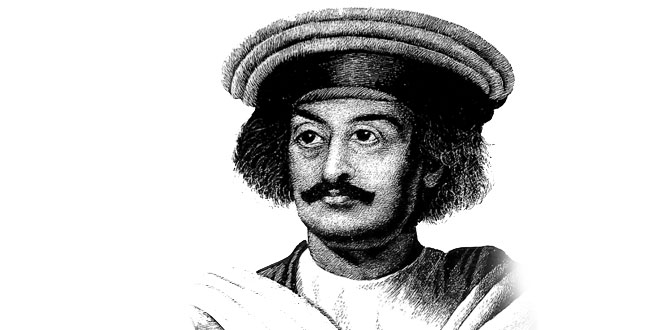Question: Who was E.V. Ramaswamy Naicker? What, did he do to improve the condition of the untouchables?
Answer: E.V. Ramaswamy Naicker belonged to a middle-class family. He had been an ascetic in his early life and had studied Sanskrit scriptures carefully. Afterwards, he became a member of the Congress but quit it when he found that at a feast organised by nationalists, seating arrangements followed caste discrimination, i.e. the; lower castes were made to sit at a distance from the upper-castes. He founded Self Respect Movement which inspired untouchables to fight for their dignity. He argued that untouchables were the true upholders of an original Tamil and Dravidian culture which had been subjugated by Brahmans. He felt that all religious authorities saw social divisions and inequality as God-given. Untouchables had to free themselves from all religions to achieve equal social status.
Question: Why were changes necessary in Indian society?
Answer: Indian society had been a prey to many evil practices for a long time. Men and women were treated differently. Women were subjected to many restrictions. They were not allowed to go to schools. They were not allowed to choose their husbands. Child-marriage was an established custom in the society. Most children were married off at an earl^ age. Both Hindu and Muslim men could many more than one wife. In some parts of the country, sati was in practice. Those widows were praised who chose death by burning themselves on the funeral pyre of their husbands. Women’s rights to property were also restricted.
One more evil practice that had crippled Indian society was that all people did not enjoy equal status. The upper-caste, consisted of Brahmans and Kshatriyas, availed all privileges. But other than these people were subjected to exploitation. The untouchables, who did menial works, were considered polluting. They were not allowed to enter temples, draw water from the well used by the upper castes. They were seen as inferior human beings.
These evil customs and practices had eclipsed the progress of society. Hence, debates and discussions began to take place from the early 19th century, with the development of new forms of communications. For the first time, books, newspapers, magazines, leaflets and pamphlets were printed. They spread awareness among the common mass. Social reformers like Raja Ram Mohan Roy, Ishwarchander Vidyasagar, came forward and took initiatives to bring changes in society by abolishing the evil practices one after Another.
Question: How did women involve themselves in their upliftment?
Answer: By the end of the 19th century, Indian women themselves began to work for their upliftment. They began to get higher education in universities. Some of them trained to be doctors, some became teachers. Many women began to write and publish their critical views on the status of women in society. The name of Tarabai Shinde is worth-mentioning here. She got education at home at Poona. She published a book, Stripurushtulna, meaning a comparison between men and women. She criticized the social differences between men and women. Another woman, Pandita Ramabai, was a great scholar of Sanskrit. She’ criticized Hinduism which was so oppressive towards women. She wrote a book about the miserable lives of upper-caste Hindu women. She established a widow home at Poona to provide shelter to widows who had been ill-treated in their families.
From the early 20th century, Muslim women such the Begums of Bhopal and Begum Rokeya Sakhawat Hossain played active role in spreading education among Muslim girls. They founded schools for them. Begum Rokeya Sakhawat Hossairi fearlessly criticized the conservative ideas. She argued that religious leaders of every faith accorded an inferior position to women.
The orthodox Hindus and Muslims got alarmed to see all this. Several Hindu nationalists felt that Hindu women were adopting Western ways which would corrupt Hindu culture and erode family values. Orthodox Muslims were equally worried about the impact of these changes. Unaware of all these, women, from the early 20th century, began to form political associations, pressure groups to push through laws for female suffrage and better health care and education for them. Some of them even joined various kinds of nationalist and socialist movements from the 1920s.
 Class Notes NCERT Solutions for CBSE Students
Class Notes NCERT Solutions for CBSE Students


